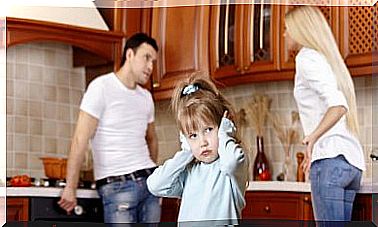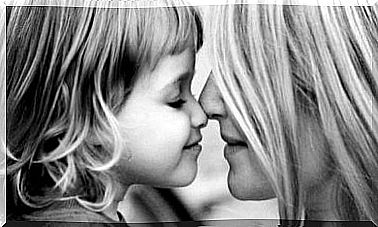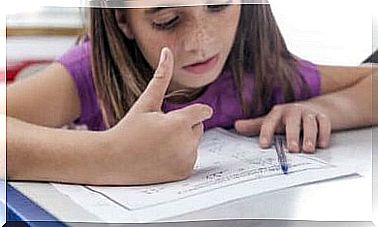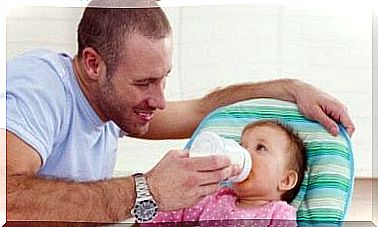How Is A Child Taught To Reason?

How is a child taught to reason? Should a child be taught to reason? And what does reasoning really even mean? If you’ve ever wondered about these questions, keep reading as we provide the answers in this article.
What does reasoning mean?
Reasoning is a person’s ability to solve the problems they face. With reason, we are able to internalize the information we collect and understand the world.
Reasoning means internalizing, learning, interpreting, and drawing conclusions, and using the resulting things in everyday life. It is a mental process that prevents us from acting purely on our instincts. It gives us the ability to rationalize and analyze any situation.
Is it necessary to teach a child to reason?

Yes, it is important that the child is taught to reason. From an early age, the child should be taught how to behave and respond to perceived stimuli. The child must be able to behave and communicate well at home, at school, in the park and in all other environments.
If we teach our children well, the stimuli they experience will cause them to use their ability to reason. Based on their personal experiences, children form opinions and draw conclusions, as well as decide how to act in a situation.
How is a child taught to reason?
When teaching a child to reason, he or she should not be protected from the frustration of life or from every challenge. If you always give a child everything he wants, you only teach him one thing: if I want something, all I have to do is tease .
Teaching your baby to reason
If you want to teach a crawling child to reason, don’t move every obstacle out of his way. In fact, you can help your child by placing a few obstacles – such as cardboard boxes – around him. This is how the child learns to crawl around objects to continue their journey.
A child of this age can also be taught to reason by placing toys on a chair so that the child can see them. At first, the child observes the toys from the floor, but after a while he begins to think about how he can grab the toys.
If the chair is on a rug, don’t be surprised if a child suddenly jerks the rug to make the toys fall to the floor. The child can also hold on to the chair and try to stand to access their treasures.
Teaching a one-year-old to reason
As the child grows, the stimulation of the rational child should change shape. When your child is one year old, you can offer him or her various “challenges” to motivate him or her to transcend himself or herself and achieve his or her goals.
It is said that you decide to give your child a gift as a gift. Place the toy inside a plastic box with a lid and give the box to the child and follow his or her reaction. The child will probably ask you to open the box. Before you open the box, try to get the child to do it themselves.
Allow the child to try different ways to open the box. Let him bang the box against the floor or toy. The lid may loosen in any rumble, allowing the child to push their hands into the box and grab their new toy.
Awesome if that happens! Now the child has learned that banging an object against the floor is one possible way to break things – and in this case, open as well.
However, there is no need to worry if the child fails in the task. Maybe it’s time to teach her some other practical and important motor skill she’s going to need in the future. For example, you can teach a child to open the lid of a jar. Take a moment to show your child how to open the lid of the jar to get out your favorite toy or treat inside the jar.
Teaching a toddler to reason
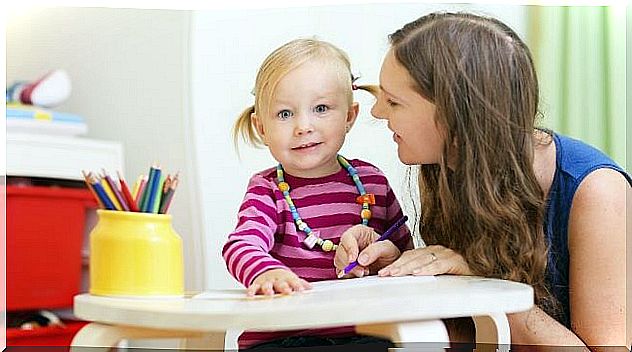
When a child turns two, he or she is able to learn much more. As a parent, you can encourage your child to learn.
At this point, the child begins to learn behaviors and behave as expected by the family. For example, he learns not to draw on walls, tear the pages of books, wipe his dirty hands with his clothes, and use cutlery.
As your child digests and adopts these new doctrines, you are guiding them alongside the child. Remember, there is no child who can follow every rule exactly.
But as a parent, you can help your child understand why his or her behavior is wrong. Explaining the reasons certainly takes time and patience, but this is the only way the child internalizes what you tell him. And eventually he learns to reason.
